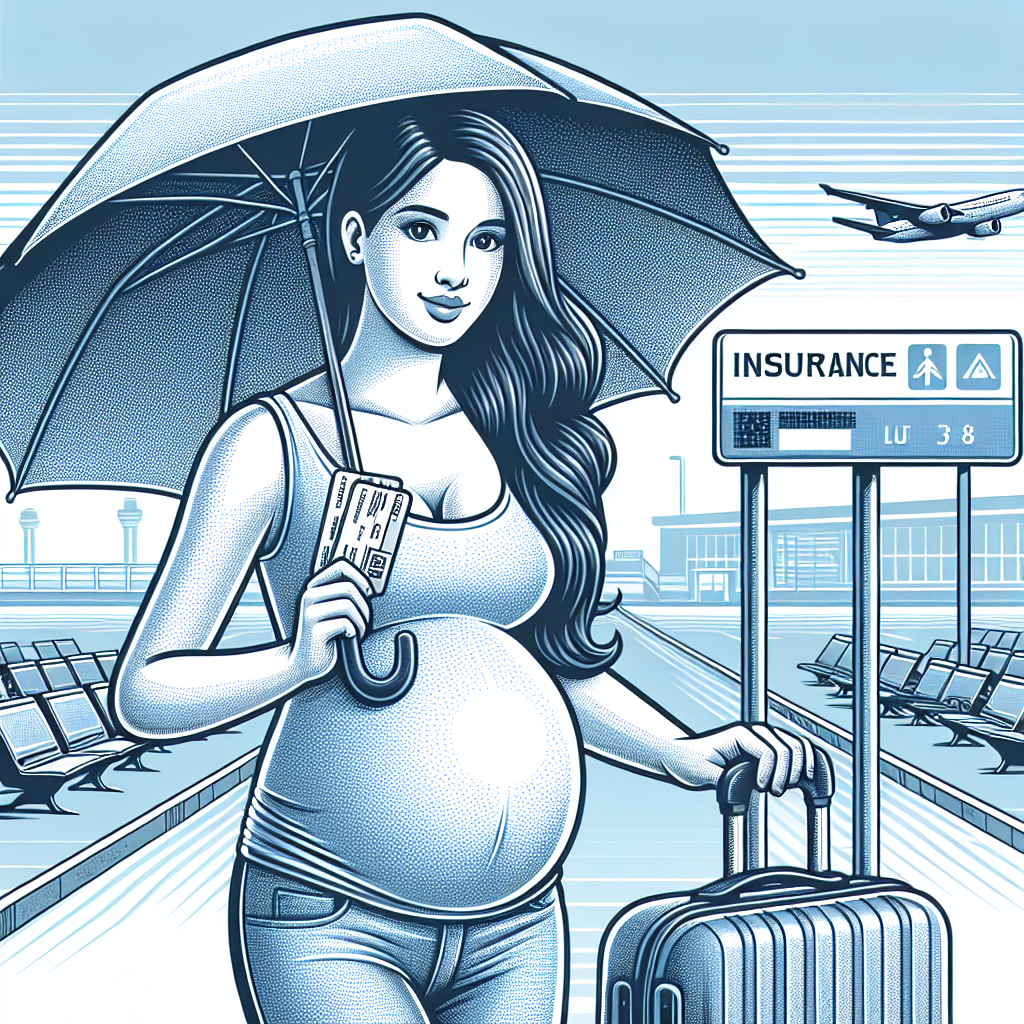Filed under Home Insurance on
Guide to Outer Banks Home Insurance Essentials

Navigating the intricacies of home insurance can be daunting, especially in a region as uniquely beautiful and dynamic as the Outer Banks. The landscape is remarkable, but it also comes with its own set of challenges regarding property protection. This comprehensive guide will illuminate the essentials of Outer Banks home insurance, equipping you with the knowledge to make informed decisions about safeguarding your coastal abode.
Understanding the Outer Banks Environment
The Outer Banks, a chain of barrier islands off the coast of North Carolina, are celebrated for their scenic vistas and vibrant biodiversity. However, these elements also increase the area’s susceptibility to extreme weather conditions and natural disasters. Homes here are at risk from elements such as hurricanes, flooding, and coastal erosion. Thus, obtaining the right home insurance is crucial for property owners in this region.
Key Components of Outer Banks Home Insurance
Home insurance policies generally consist of several components designed to protect various aspects of a property. In the Outer Banks, these are even more critical due to the unique risks presented by the locale.
1. Dwelling Coverage
Offered as a cornerstone of any home insurance policy, dwelling coverage protects the structure of your home against damage from covered disasters. Given the prevalence of hurricanes in the Outer Banks, ensure your policy includes protection from wind and water damage.
2. Personal Property Protection
Personal property coverage is essential for safeguarding your belongings, from furniture to electronics. With the Outer Banks’ propensity for high winds and flooding, securing enough coverage for your possessions is exceptionally prudent.
3. Liability Insurance
Liability insurance protects homeowners from legal or medical costs if someone is injured on their property. Given the dynamic lifestyle in the Outer Banks, with many homes serving as vacation rentals, comprehensive liability coverage is advisable.
4. Additional Living Expenses (ALE)
If your home becomes uninhabitable due to a covered peril, ALE coverage reimburses you for temporary housing costs. In an area frequently visited by severe storms, this coverage can be invaluable.
Add-Ons and Optional Coverage
Standard policies may not cover specific perils inherent to the Outer Banks, such as flooding. Consider additional coverages and endorsements to bridge this gap.
Flood Insurance
Flood damage is typically not covered under standard home insurance policies. As the Outer Banks is highly flood-prone, acquiring a separate flood insurance policy through the National Flood Insurance Program (NFIP) or a private insurer is crucial.
Windstorm Insurance
While some home insurance policies include windstorm coverage, others may require a separate policy or endorsement. Given the frequent high winds and potential hurricane activity, this protection is a crucial element of Outer Banks home insurance.
Enhanced Dwelling Protection
Consider opting for enhanced dwelling protection, which offers higher coverage limits, ensuring you can rebuild your home to its original state after a catastrophe.
Factors Influencing Outer Banks Home Insurance Rates
Several factors affect home insurance premiums in the Outer Banks, influenced by both personal choices and the broader environment.
Home Location and Characteristics
The precise location of your home in the Outer Banks can dramatically influence your insurance costs. Proximity to the coastline, elevation, and the materials your home is constructed from all play significant roles in determining risk and, consequently, rates.
Claim History
Your historical claims record directly impacts your insurance premiums. Fewer claims typically result in lower costs, while frequent claims might suggest higher risks, leading to increased premiums.
Policy Deductibles
Choosing a higher deductible can lower your insurance premiums; however, it also means you’ll pay more out-of-pocket in the event of a claim. Assess your risk tolerance and financial capacity when determining the appropriate deductible size for your Outer Banks home insurance.
Discount Opportunities
Insurers often provide discounts for various measures that reduce risk, such as installing hurricane shutters or reinforcing roofing systems. Exploring these options can lead to substantial savings.
Shopping for Outer Banks Home Insurance: Best Practices
Finding the right insurance provider is critical. Here’s how to identify a policy that meets your needs effectively:
- Comparison Shopping: Ensure you gather quotes from multiple insurers to compare coverage specifics and pricing.
- Assess Financial Strength: Verify the insurer’s financial stability through ratings from agencies like AM Best or Standard & Poor’s to ensure they can cover large claims in catastrophic situations.
- Evaluate Customer Service: Prioritize insurers recognized for exceptional customer service and claim handling efficacy.
- Seek Local Expertise: Engage with insurance agents familiar with the Outer Banks to tailor coverage that addresses local challenges.
Conclusion: Securing Your Outer Banks Home
Investing in comprehensive Outer Banks home insurance is not merely a financial protection strategy—it’s an essential component of responsible homeownership in this stunning, but potentially volatile, region. By understanding the unique environmental risks, customizing your coverage with appropriate add-ons, and choosing a reliable insurer, you ensure peace of mind for your property and personal belongings. Balancing cost with the necessary protections will empower you to enjoy everything the Outer Banks offers, from gorgeous beaches to lively communities, without unnecessary worry about your home’s security.



